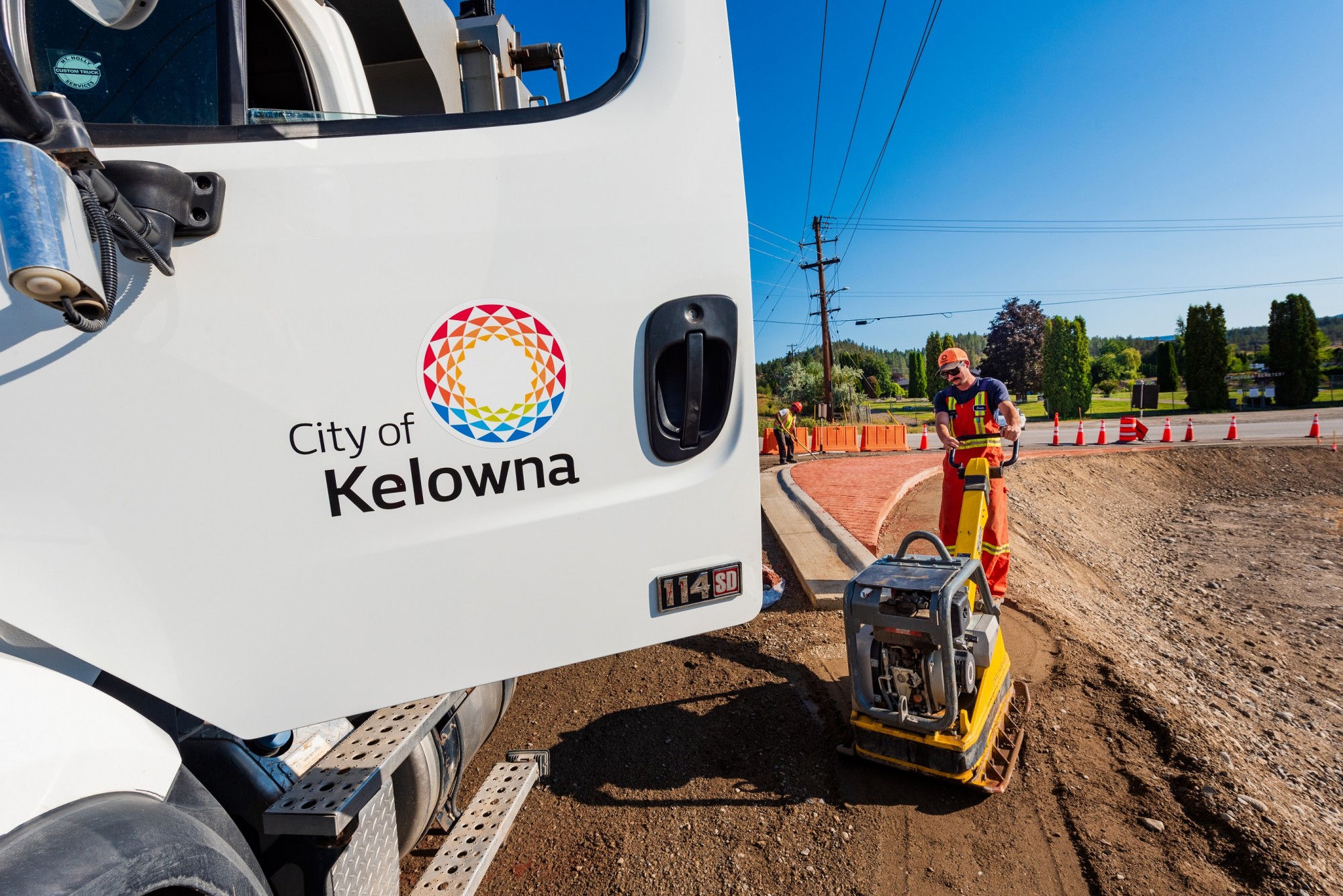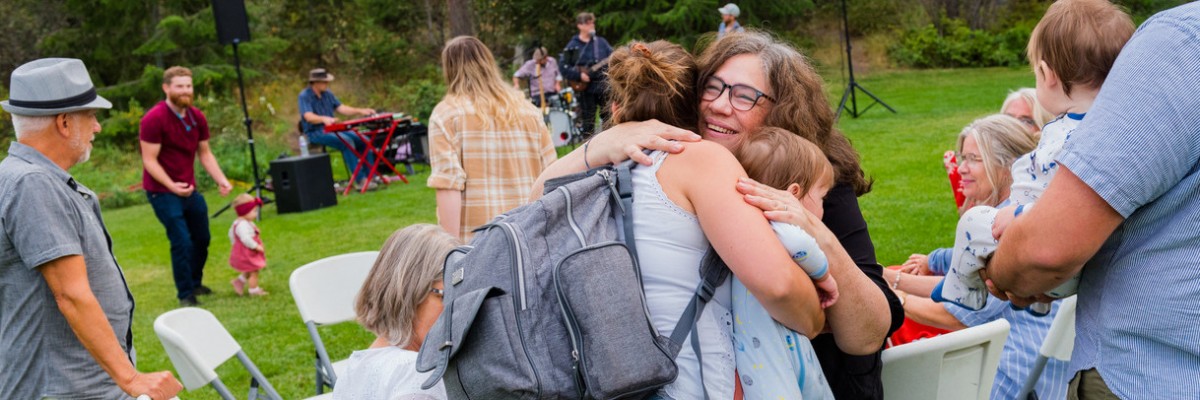City profile
Located on the traditional, ancestral, unceded territory of the syilx/Okanagan people, Kelowna is a vibrant mid-sized city in the southern interior of British Columbia, Canada. It is situated in the heart of the Okanagan Valley, surrounded by mountains, lakes and vineyards. With a population of nearly 150,000 people, it is the largest city in the Regional District of Central Okanagan, which also includes Peachland, Lake Country, West Kelowna and unincorporated communities on both sides of Okanagan Lake.
I would just start typing.
www.google.com

Hey check this doc
Header about economy.
- Kelowna’s diverse economy includes a mix of industries such as agriculture, manufacturing, retail trade, construction, technology, healthcare and tourism. The region is renowned for its wine industry and is home to a top-ranked university, a world-class teaching hospital, the second largest trade school in the province, and Kelowna International Airport, one of the largest economic drivers in the Southern Interior. A growing hub for technology and aerospace-related companies, Kelowna is fast becoming an economic powerhouse and remains one of the area’s most sought-after tourist destinations.
This is a document
Kelowna’s natural environment is a cornerstone of its identity, supporting the community’s health, economy, and livability. The city offers numerous parks, trails, beaches and recreational facilities, which provide a range of activities for residents and visitors, including hiking, biking, golfing, swimming, and boating. This, coupled with a diverse economy and vibrant arts and culture scene featuring multiple festivals and events throughout the year, bolsters a strong sense of community and high quality of life..
This important document
These 4 accordions were originally here.
Detailed population and demographic information can be found in the 2021 census data for Kelowna. You can find additional information through BC Stats.
The Provincial Health Authority publishes a Community Health Profile for the Kelowna to provide data that facilitates dialogue about community health. The profile features data on demographics, factors that affect health and health status, and compares them to provincial averages.
 |
 |
Each year, the Community Trends Report focuses on a different theme, while also providing the community with a resource for basic statistical and demographic data that can be used as the foundation for organizational and program planning and development, policy analysis and community development.
Further information about how Kelowna is trending on goals established in the Official Community Plan can be found in the Official Community Plan Indicators Report.

Kelowna is located along the beautiful shores of Okanagan Lake, in the heart of the stunning Okanagan Valley. The lake offers opportunities for boating, swimming or fishing, while nearby mountains attract hikers, skiers and outdoor enthusiasts. Golfers tee-it-up at our 14 courses, and bustling urban centres offer restaurants with delectable food, award-winning wines, craft beers and ciders, local shopping, museums, live entertainment and cultural festivals.
Our partners in tourism and economic development provide resources to enjoy the best our city and region have to offer:
- Kelowna is home to more than 148,000 people
- The Central Okanagan Regional District has a population of 222,162
- Kelowna encompasses 214 km2 of land and 48 km2 of water area
- Kelowna is 344 metres (1,129 feet) above sea level
- Okanagan Lake is 110 km long
- The average daytime high during July and August is 27.4 C
- The average daytime high during December and January is -0.3 C; the average low is -7.7 C
- Kelowna receives over 2,000 hours of sunshine annually and 28 cm of rain
- Total annual precipitation is 366.4 mm. (280.7 mm. of rain and 105.5 cm of snow)
- Serving over two million passengers annually and offering more than 70 daily non-stop commercial flights with 10 airline partners, Kelowna International Airport (YLW) is one of the top 10 busiest airports in Canada. YLW’s total economic impact is 4,545 jobs and $789 million in total economic output to the province of British Columbia.
- Kelowna General Hospital is the largest and most comprehensive in the southern interior of B.C. with a full treatment cancer clinic
- Kelowna is home to several local theatre groups, a symphony orchestra, museums and numerous art galleries
- UBC Okanagan is a top ranked university serving over 10,000 students every year.
- Okanagan College is the second-largest trades training institution in the province. It offers a world-class health sciences centre and is home to the Okanagan Chef school.
- More than 23,000 post-secondary students are enrolled at the UBC Okanagan and Okanagan College Kelowna campuses combined
- The technology sector has a $1.6 billion economic impact in the region
- The Okanagan Sunflower is the official floral emblem of Kelowna. Also known as the Arrowleaf Balsamroot, the indigenous flowering plant is found only in the Okanagan area of B.C. and the Okanogan region of the state of Washington
More text
Letters
Apple
Bannana
Accordion Sub Text
Accordion item text under an Accordion
Accordion Item Text


This is what the text looks like when the Image Alignment is to the left.
Standard body text editor - Single Column Copy

This is what the text looks like when the Image Alignment is to the right.




